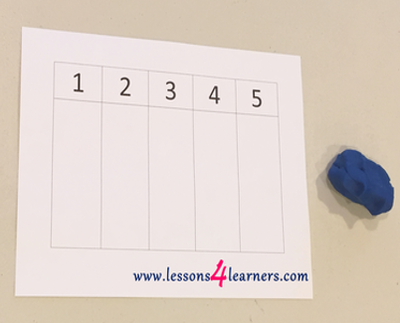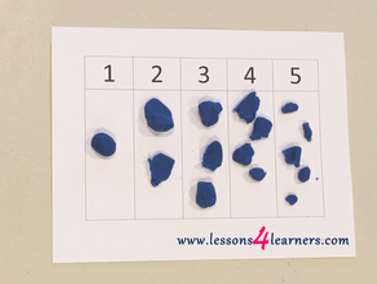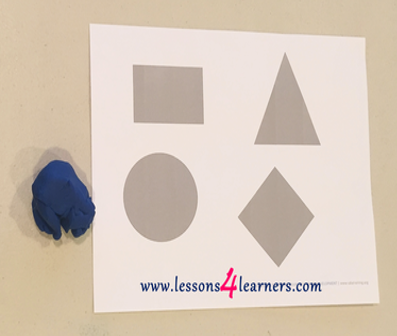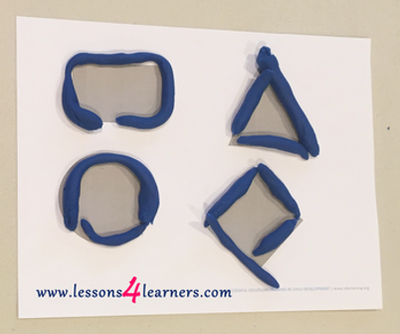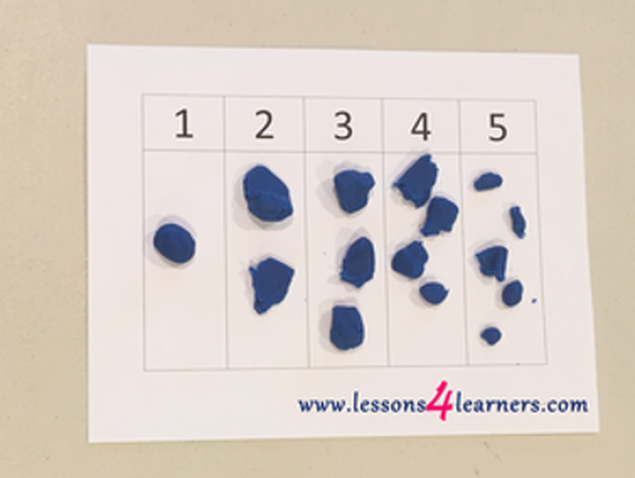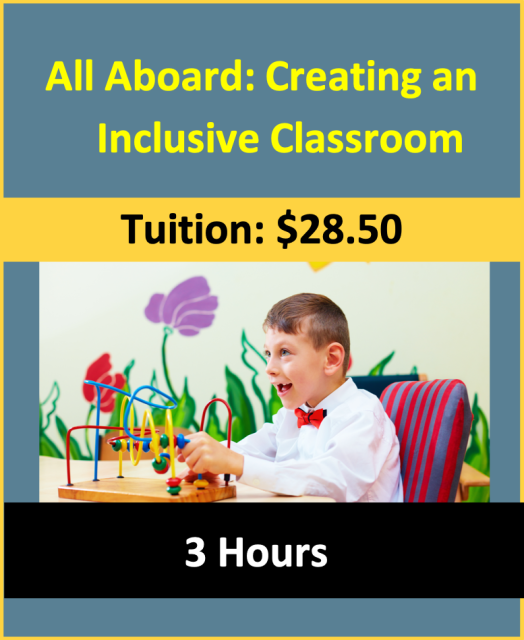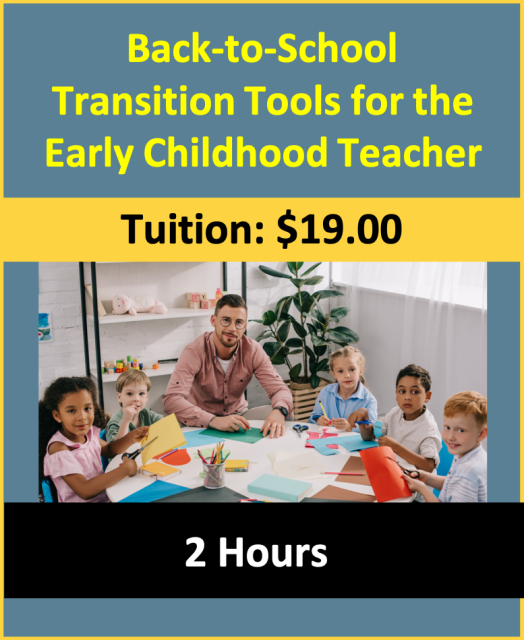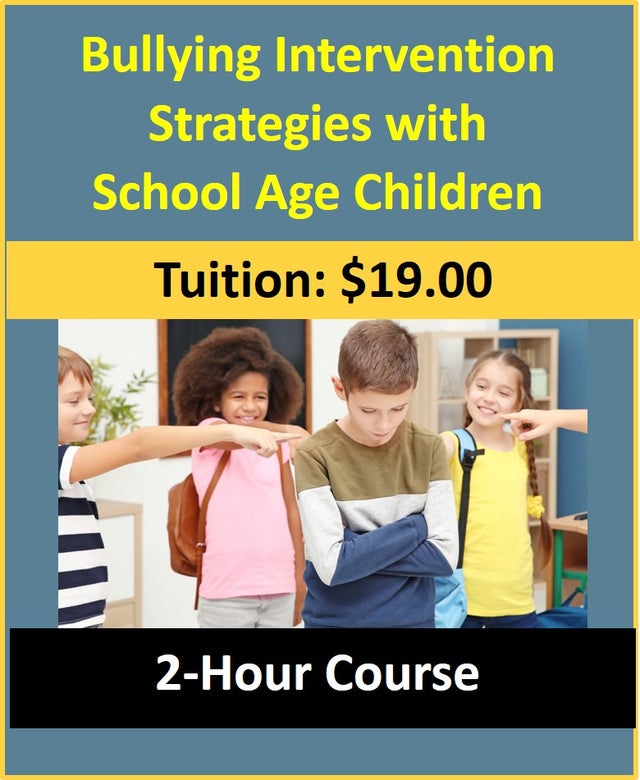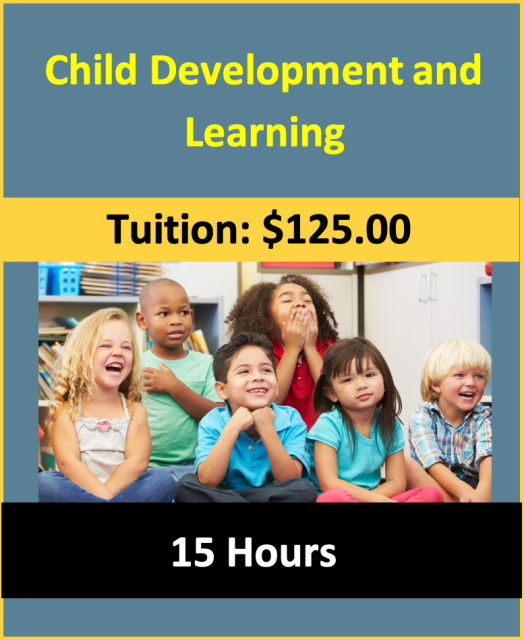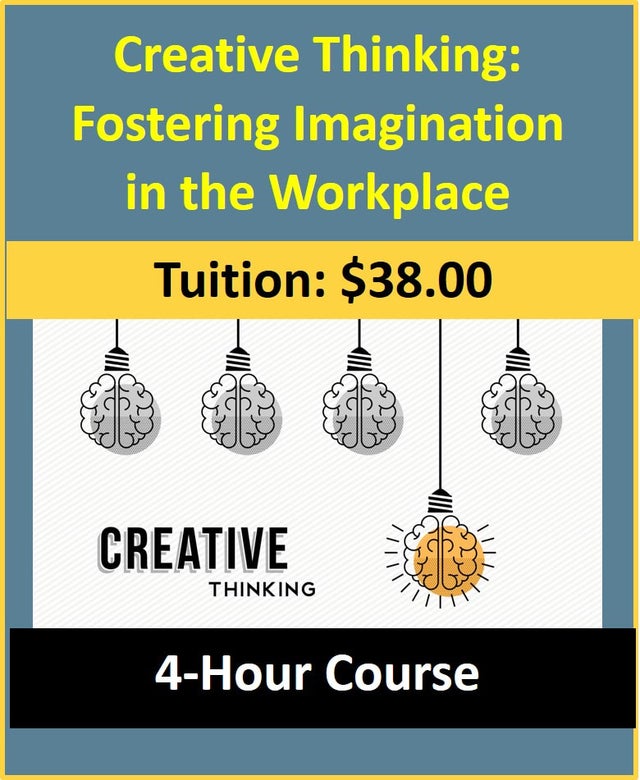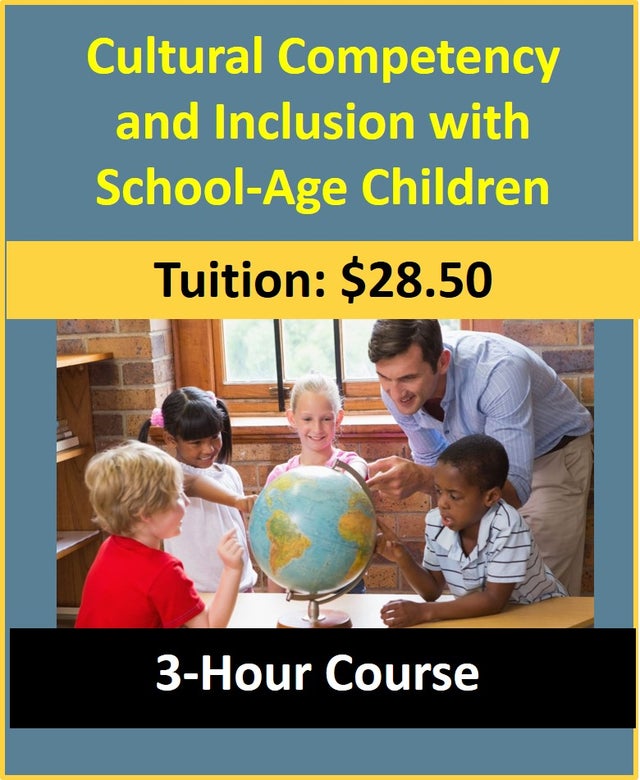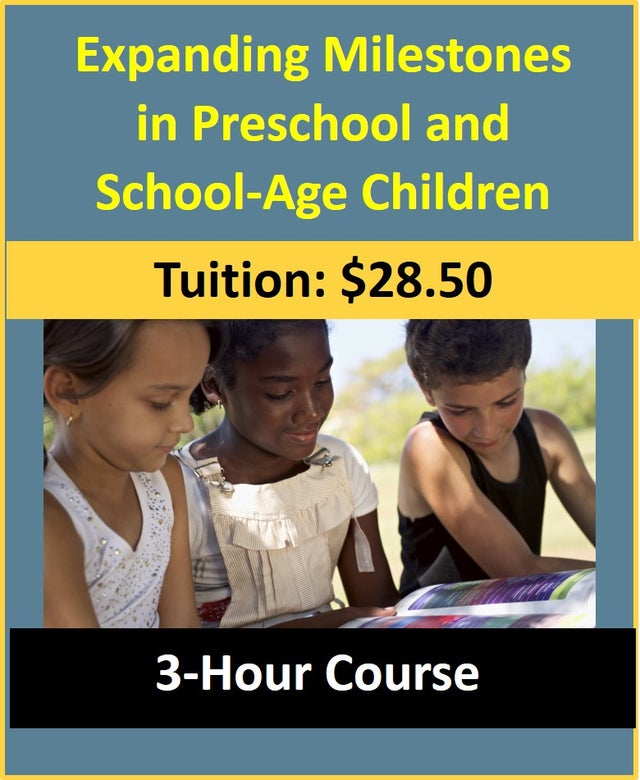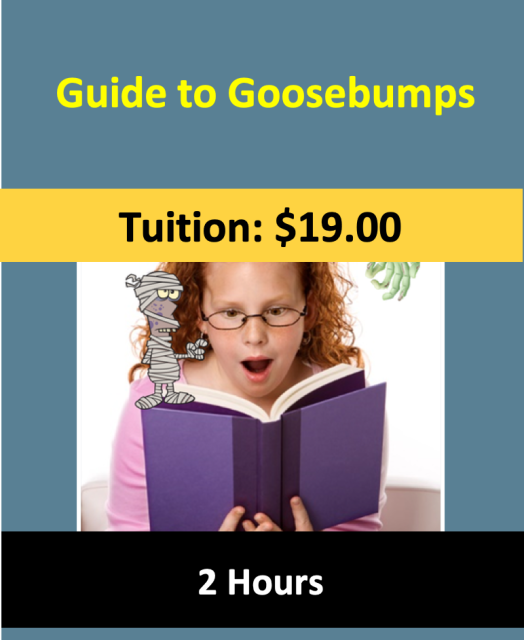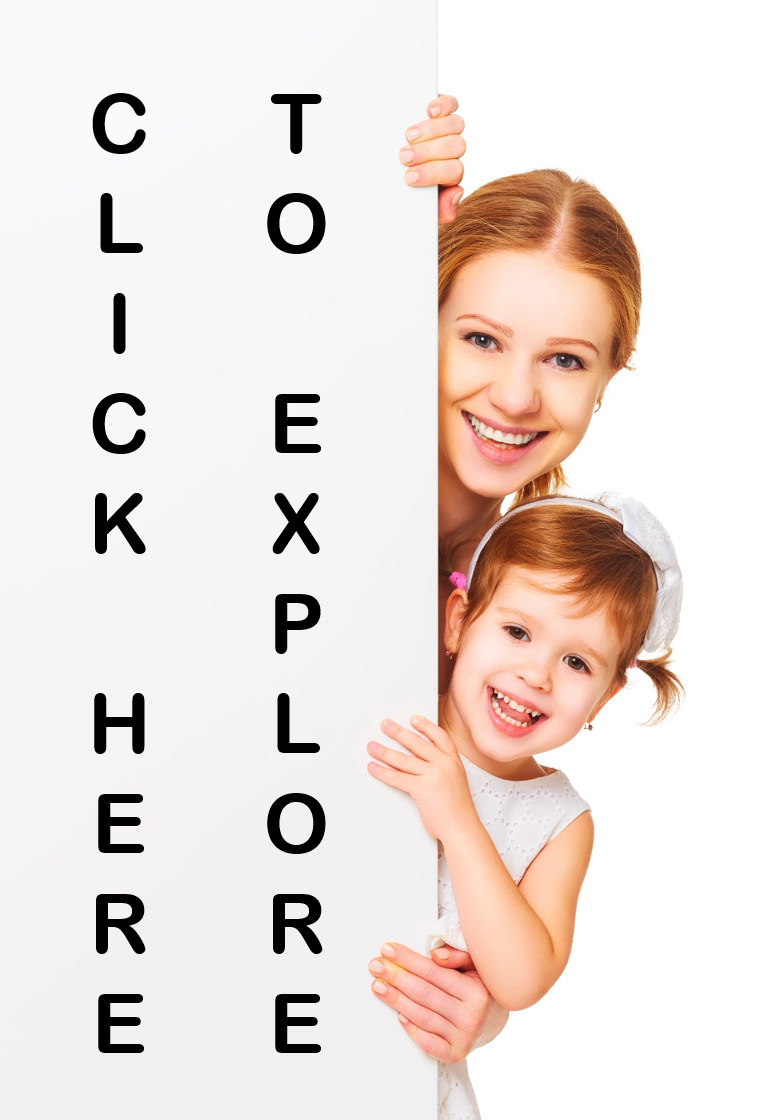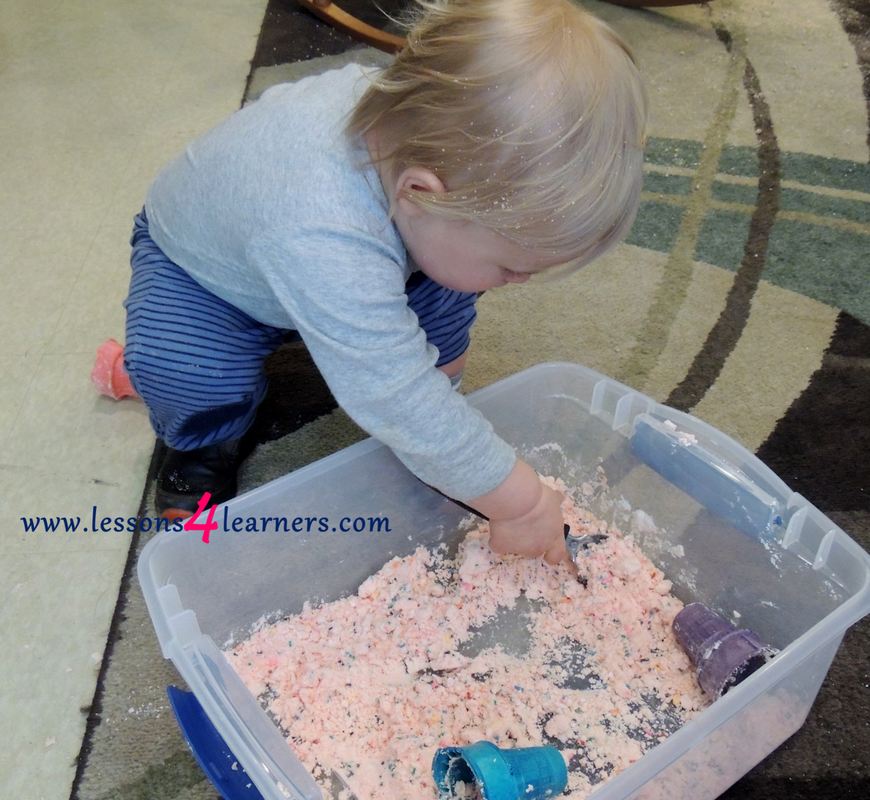Playdough Math Mats
|
Activity:
Lesson plan developed by Aurora Tollestrup, BS Ed
Age Group:
Objectives:
Children will:
|
II.5.2a
II.5.2 Materials and equipment stimulate children’s thinking and problem-solving.
Materials:
Procedure:
Assessment:
|
Click on the course icon for enrollment information.
Creative Play and Playdough
Young children love to play and playdough is another vehicle for creative and imaginative play experiences. Perhaps the most exciting thing about using playdough is that it had endless options for creative play! Toddlers can create and play the same way that adults can. School-age children can use playdough for serious academic purposes such as building STEM-related structures but can also use it creatively as downtime or free play.
Giving a child a mixture of different colored playdough and allowing them time, space, tools and freedom to create is a powerful learning experience in imagination and creativity. Children are free to create whatever they desire and to learn about the different forms that playdough can take.
Giving a child a mixture of different colored playdough and allowing them time, space, tools and freedom to create is a powerful learning experience in imagination and creativity. Children are free to create whatever they desire and to learn about the different forms that playdough can take.
|
Infants can create shapes and designs in nontraditional ways with playdough by flattening, squeezing and pinching the dough while it is in a sensory bag or presented in another infant-friendly form. Consider combining different colors of dough with other materials to create a sensory bag and encourage infants to trace their fingers through the dough creating lines and shapes and mixing the colors. This is a simple early activity in creativity.
Playdough gives toddlers a great opportunity to be creative in a simple way that doesn’t require strict plans, materials, methods, or instructions. Toddlers can literally create whatever they want and do it however they want! Often a playdough sculpture of a human will have no arms and 7 eyes, or some other variation that the toddler sees fit. This is perfectly fine and is an exercise in representing certain ideas in the way that works best for the child. Caregivers can encourage this by giving compliments and asking guided questions about their creations.
Preschoolers can creatively use playdough to represent characters, themes, settings and more from popular literary works and experiences in the classroom. They can also mold their interpretations of people, places, events and more. The preschool classroom is a wonderful place for children to work together to create even further representations of popular themes. Collaborating with peers in creative pursuits gives preschoolers an opportunity to experience pretend play and teamwork. They learn from one another and grow by doing this.
|
